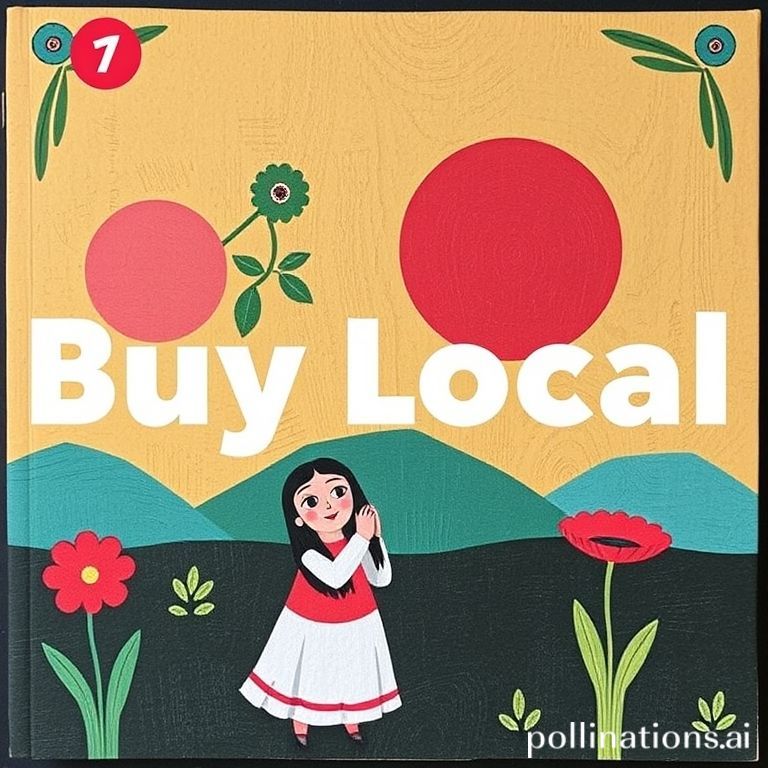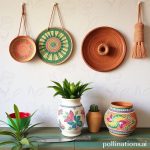Mexico is a vibrant country brimming with rich culture and artistic traditions. From colorful textiles to intricate pottery, Mexican folk art, or “artesanía,” reflects the country’s diverse history and regional identities. For travelers and locals alike, seeking out authentic Mexican folk art is a rewarding experience, offering a glimpse into the soul of Mexico and supporting local artisans. Forget mass-produced souvenirs – discover the real treasures you can find right here in Mexico!
This article will guide you through the world of Mexican folk art, highlighting the different types of crafts you can find, where to buy them locally, and how to ensure you are supporting genuine artisans. Prepare to be amazed by the creativity and skill that goes into each unique piece!
Understanding Mexican Folk Art
Mexican folk art encompasses a wide range of handmade crafts, each with its own history and significance. These crafts are often passed down through generations, preserving traditional techniques and designs. The materials used vary depending on the region and the type of craft, from locally sourced clay and wood to vibrant dyes and intricate embroidery threads.
Categories of Artesanía
- Textiles: Including woven rugs, embroidered clothing, and colorful blankets, often featuring intricate patterns and symbolism.
- Pottery and Ceramics: From utilitarian cookware to decorative figurines, showcasing a variety of styles and techniques.
- Wood Carvings: Masks, alebrijes (whimsical animal figures), and furniture, often painted in bright colors.
- Metalwork: Jewelry, decorative objects, and tools, often made from silver, copper, or tin.
- Paper Mache: Piñatas, masks, and decorative items, often used in celebrations and festivals.
Where to Find Authentic Mexican Folk Art Locally
While souvenir shops often carry mass-produced items, the best way to find authentic Mexican folk art is to seek out local markets, artisan workshops, and cooperatives. These venues offer a more direct connection to the artists and allow you to learn about the stories behind their crafts.
Local Markets (Tianguis)
Every town and city in Mexico has its own local market, often called a “tianguis.” These markets are a treasure trove of handmade goods, offering a wide variety of folk art at reasonable prices. Be prepared to haggle respectfully and don’t be afraid to ask questions about the artist and their craft. Popular markets include:
- Mercado de Artesanías La Ciudadela, Mexico City: A sprawling market dedicated to Mexican folk art from all over the country.
- Mercado 20 de Noviembre, Oaxaca City: Known for its regional specialties, including black pottery and intricate textiles.
- San Miguel de Allende Artisan Market: A charming market offering a variety of high-quality crafts, including jewelry, ceramics, and textiles.
Artisan Workshops and Cooperatives
Visiting artisan workshops and cooperatives is another excellent way to find authentic Mexican folk art and support local communities. These venues often offer demonstrations and workshops, allowing you to learn about the craft-making process firsthand. Some notable examples include:
- Taller Jacobo y Maria Angeles, Oaxaca: A renowned workshop specializing in alebrijes, whimsical animal figures carved from copal wood.
- Cooperativa Textil Utopía, Chiapas: A women’s cooperative producing beautiful hand-woven textiles using traditional Mayan techniques.
- Cerámica de Mata Ortiz, Chihuahua: A community known for its distinctive pottery, inspired by ancient designs.
Tips for Buying Authentic Folk Art
With so many options available, it can be challenging to distinguish authentic Mexican folk art from mass-produced imitations. Here are some tips to help you make informed purchases:
- Look for imperfections: Handmade items often have slight imperfections, which are a sign of their unique character.
- Ask about the materials: Genuine artisans will be able to tell you about the materials they use and where they come from.
- Learn about the symbolism: Many Mexican folk art designs have symbolic meanings, which the artist can explain.
- Support fair trade practices: Look for vendors who pay fair prices to the artisans and support sustainable practices.
Conclusion
Exploring the world of Mexican folk art is a journey into the heart and soul of Mexico. By seeking out local markets, artisan workshops, and cooperatives, you can discover unique treasures, support local communities, and bring home a piece of Mexican culture that you will cherish for years to come. So, venture beyond the tourist traps and immerse yourself in the vibrant world of Mexican artesanía – you won’t be disappointed!
If you enjoyed this article, don’t forget to explore more inspiring stories on Life in Mexico!
IMAGE: A vibrant and colorful display of Mexican folk art in a bustling local market. The scene is filled with handcrafted items, including textiles, pottery, wood carvings, and paper mache. Focus on detailed close-ups of the artwork, highlighting the intricate designs and craftsmanship. The lighting is warm and inviting, creating a cheerful and lively atmosphere. People are browsing and interacting with the artisans, creating a sense of community and cultural exchange. The overall mood is joyful and celebratory, showcasing the beauty and diversity of Mexican folk art. Style: Documentary photography with a focus on color and detail.


